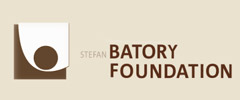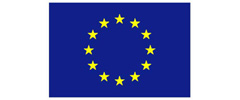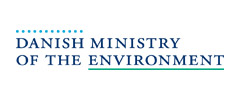Breast is best, concludes a new scientific review
Despite the health risks posed by contaminants, breastfeeding nearly always remains the optimal choice for infant feeding.
31.10.2008 |Health & Environment Alliance (HEAL)
However, a new scientific review article, published in Environmental Health Perspectives, comes to the conclusion that despite the health risks posed by these contaminants, breastfeeding nearly always remains the optimal choice for infant feeding. Human milk not only provides nutrients but also supports the still-developing host defence system of the infant with a number of crucial immunoregulatory and anti-inflammatory agents.
The health benefits to the infant of breastfeeding include decreased risks of infection, allergy, asthma, arthritis, diabetes, obesity, cardiovascular disease, and various cancers in both childhood and adulthood.
There is another important article on the problematique of informing about contaminants in breastmilk and its impact on breastfeeding practice: “Communicating human biomonitoring results to ensure policy coherence with public health recommendations: analysing breastmilk whilst protecting, promoting and supporting breastfeeding”. This article was published in the Environmental Health Journal in its latest supplement "Ethics and communications in human biomonitoring: European perspectives".
In your discussions and awareness raising with people about this issue, you may find this factsheet useful - “Towards Healthy Environments for Children: Frequently asked questions (FAQ) about breastfeeding in a contaminated environment” . This material is available in English, German and French languages.

































